Complications of Cataract Surgery | मोतियाबिंद के ऑपरेशन में आने वाली दिक्कतें
- 29.94K
- 3 years ago
Dr. Anin Sethi
Dr. Anin Sethi
Complications of Cataract Surgery |Cataract Operation
In this video SimpliHealth expert Ophthalmologist Dr. Anin Sethi is talking about the Cataract Operation & Complications of cataract surgery. According to our experts cataract operation is a common type of operation. In the field of Ophthalmology, it’s a common type of operation. Over the years, with the advancement of technology, the risk of complications is seen significantly less. But if the patient is getting this operated on, they must know about its complications. So let’s give you a little information about the procedure for cataract operation.
Cataract Operation Procedure & Complications
Complications of Cataract Surgery, In this eye protein, the lens undergoes some change with respect to age. Due to this, it starts losing its transparency due to this light being unable to reach the retina. In this cataract surgery, the main aim is to remove the damaged lens and repair it with an artificial lens. So a natural lens has its natural coating or capsule just like the peel of the fruit.
What experts do to make a small hole?
In this capsule and extract all the material from the lens, and on the very same capsule, an artificial lens is sustained. The most common complications seen in this operation chance of this complication is 0.1 to 1 percent, as in 1 out of 100 may have this complication.
There is a chance of hole formation in the capsule during operation. When there is a hole in the lens capsule, it’s not a significant problem; it’s just that different types of lenses may be inserted into the eye. For example, suppose one has opted for a multifocal or premium lens, so it’s getting difficult to insert in these cases. In addition, it is unsafe.So experts need to insert different types of lenses.
Although, in the long term run, this complication doesn’t result in eyesight loss. If this happens by the end of the experienced surgeon, then no change is observed in the outcome.
Eye infection
Second major complication is an eye infection. The incidence of this infection occurring is 1 in 1000. If infection occurs in the eye, it may reach the retina leading to damage to the retina. The onset of such infection is within 48 hours of operation. Pain in the eyes, sudden redness in the eye, and light not formed completely are some prominent cataract symptoms of infection. To check this type of infection, one must visit their doctor after cataract surgery.
A doctor needs to check for a cataract operation on the same day and the next day. After the procedure, 2-3 days are critical. If the patient has no sign of infection, then the probability of infection is reduced. This is called endo-ophthalmitis.
In this, as our experts told you, infection reaches the retina. To control this eye drop, say we prescribed antibiotics or injection can be given, and if it is not controlled by these measures, then the doctor needs to operate to remove it. This is a very dangerous but very rare complication. To avoid this, doctors must sanitize their operating room. After the operation, patients should also avoid touching eyes with dirty hands, don’t wash with dirty clothes, and don’t let outside water come inside the eye. So if we take these precautions, the chance of eye infection is reduced.
Wear specs
So after this third thing which we see commonly, it is not a complication, but often, patients expect that after the operation, there is a need to wear specs. With the advancement of techniques. In this lens, the calculation is done in a computerized manner. No two eyes are the same. Every eye is different. These computerized calculations are refined by newer techniques and procedures.
The lens power calculation is very accurate. Still, there are chances that a person needs to wear specs of .5 or – 5 or. 75 power and this I’m talking about farsightedness. Few patients may have cylindrical numbers, in which if they insert normal focal length lenses, they need to wear far-sighted specs. As far as short-sightedness, the lens inserted is unifocus Or mono focus, so one must wear the specs for short-sightedness.
If a multifocal lens is used, then there is a 90 percent chance that we need not wear specs for short-sightedness.
Now we come to some other complications.
So the fourth complication observed commonly is the increase in the pressure. After one or 2nd day of operation, eye pressure may increase. Or is seen that it increases temporarily in whichever patients it happens to, and this can be treated by eye drops or medicine. Also, there are no long-term consequences of this.
Bottom Line
We hope this information is helpful on behalf of simple health and thank you.





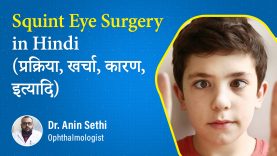

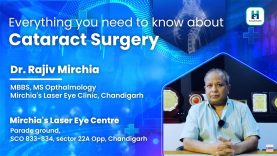
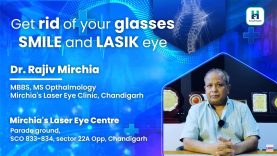
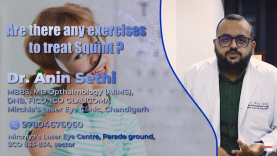




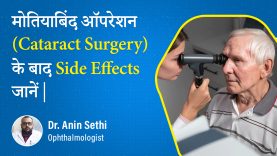
Comments (0)